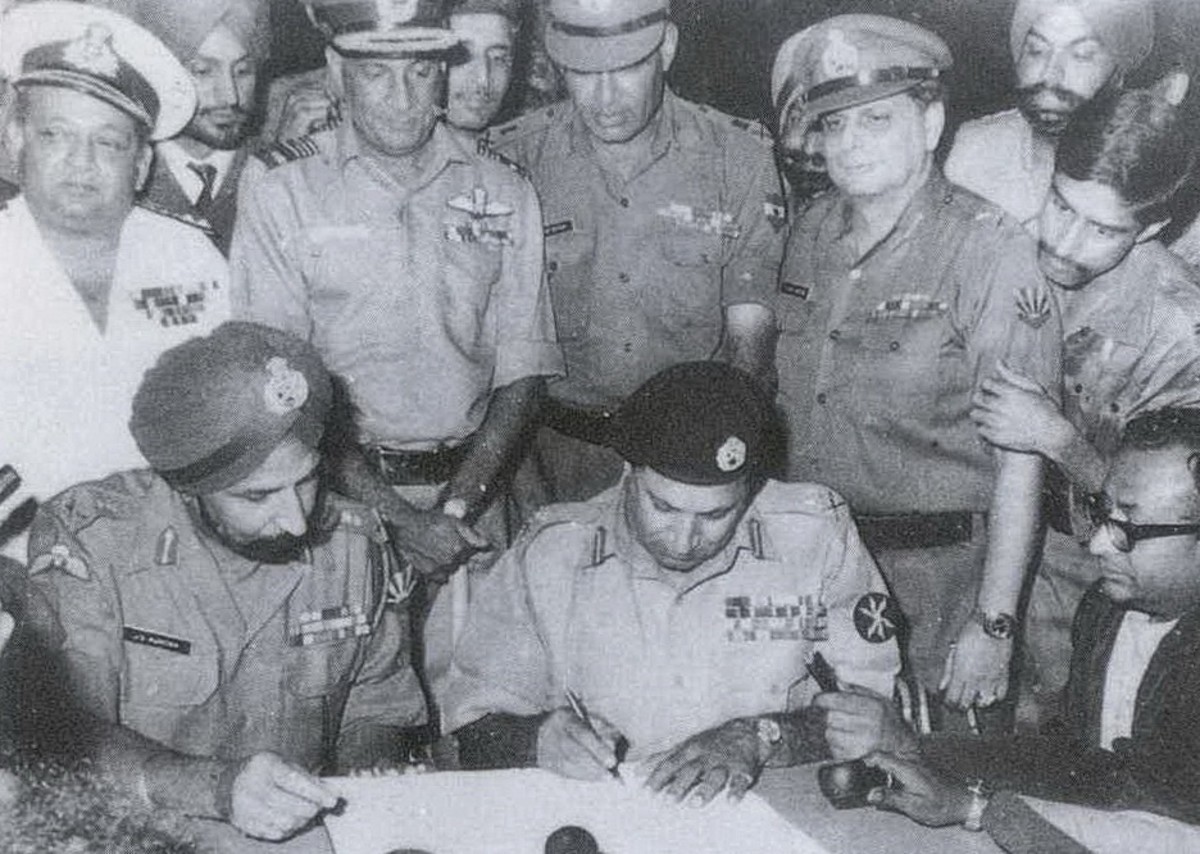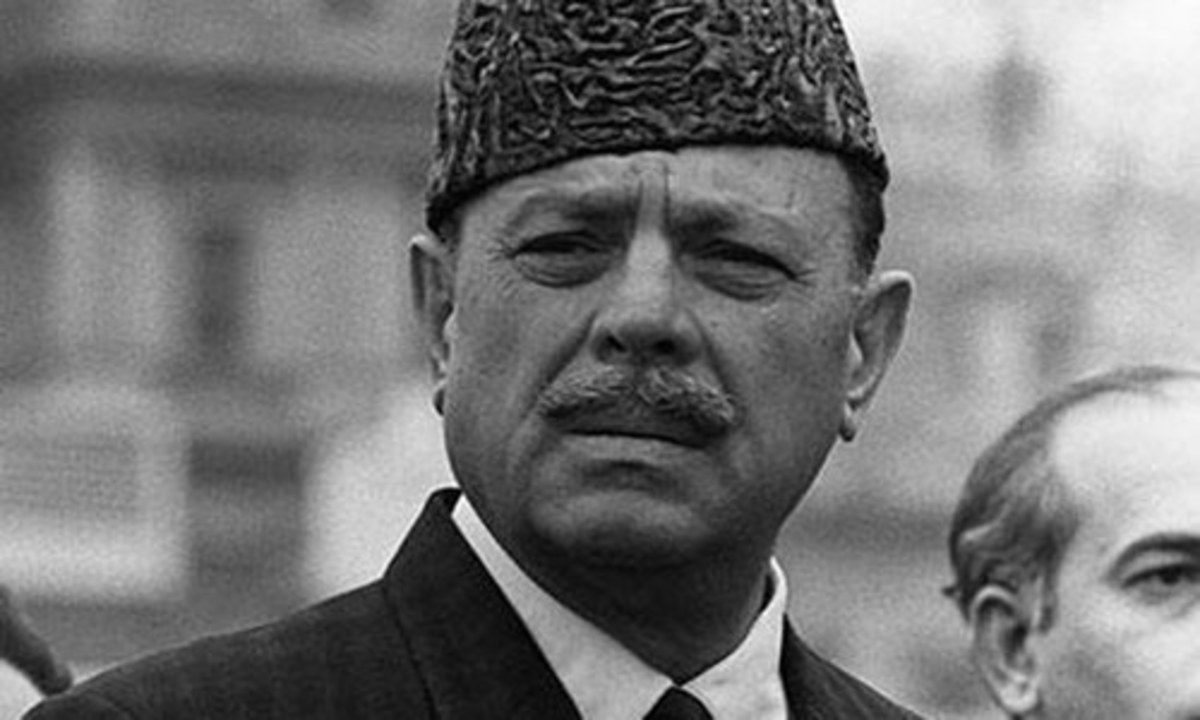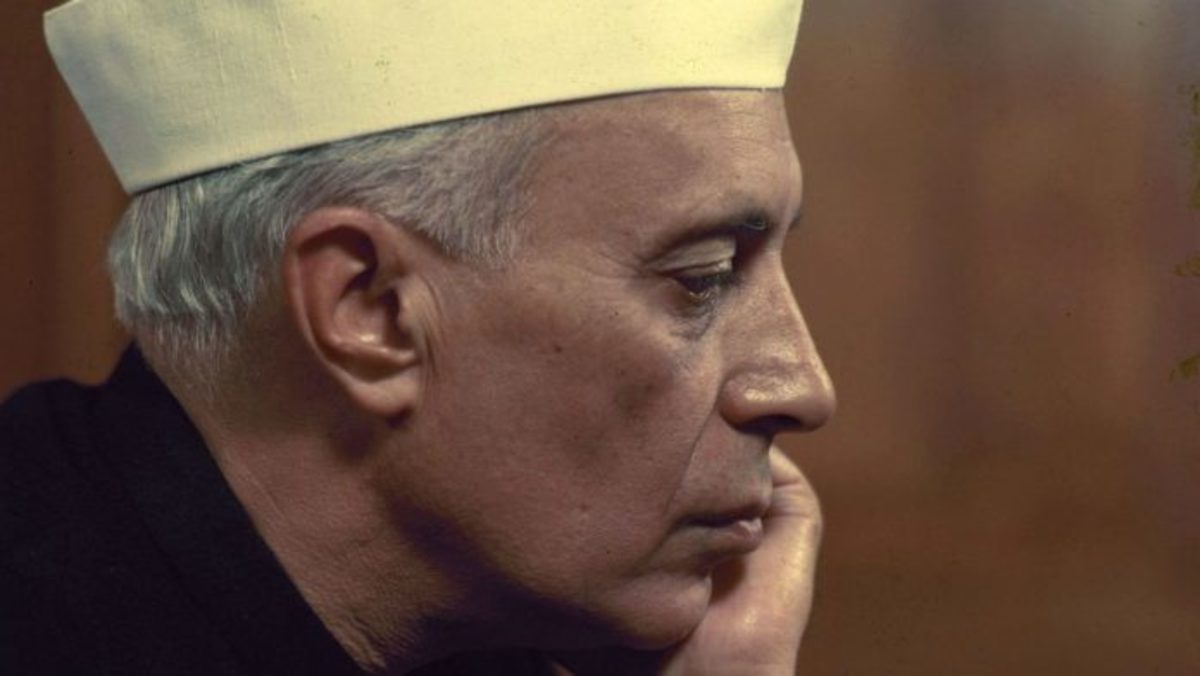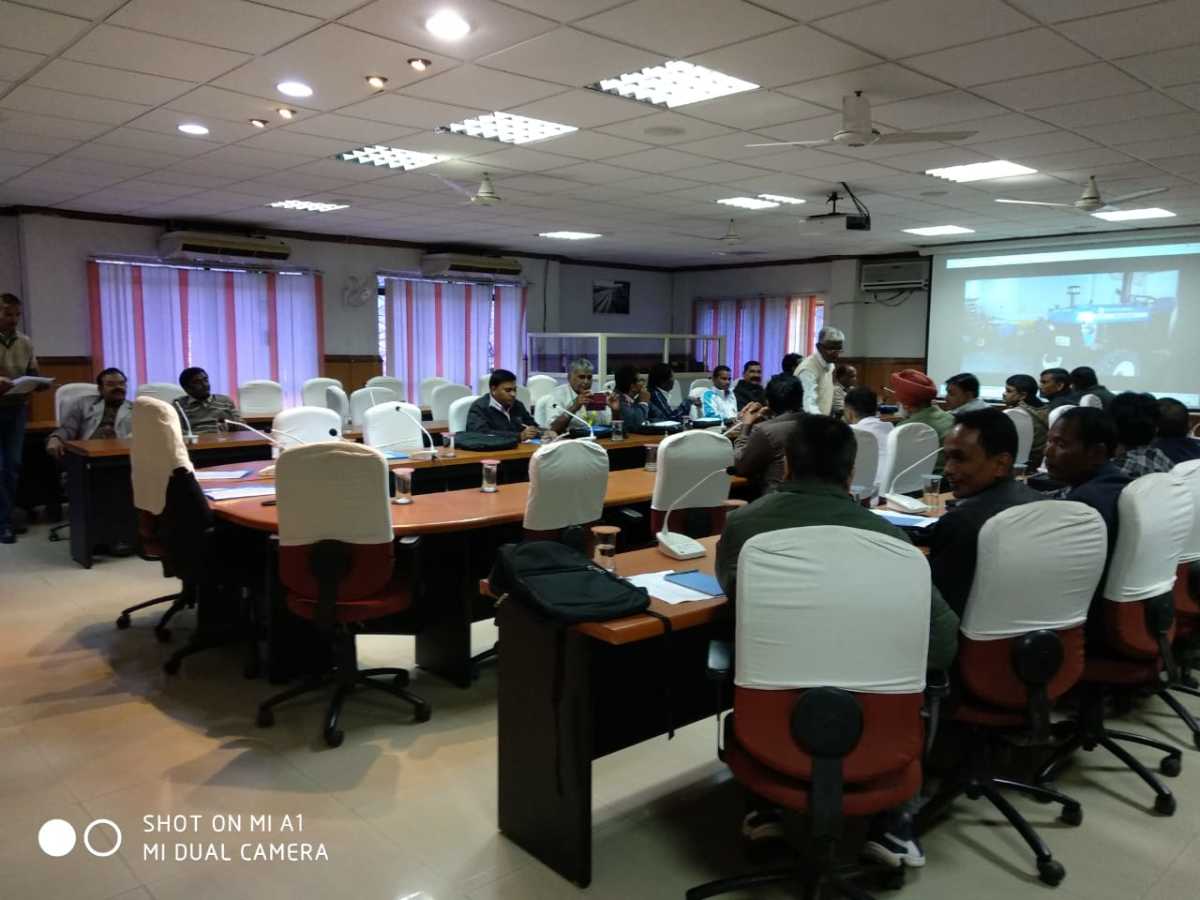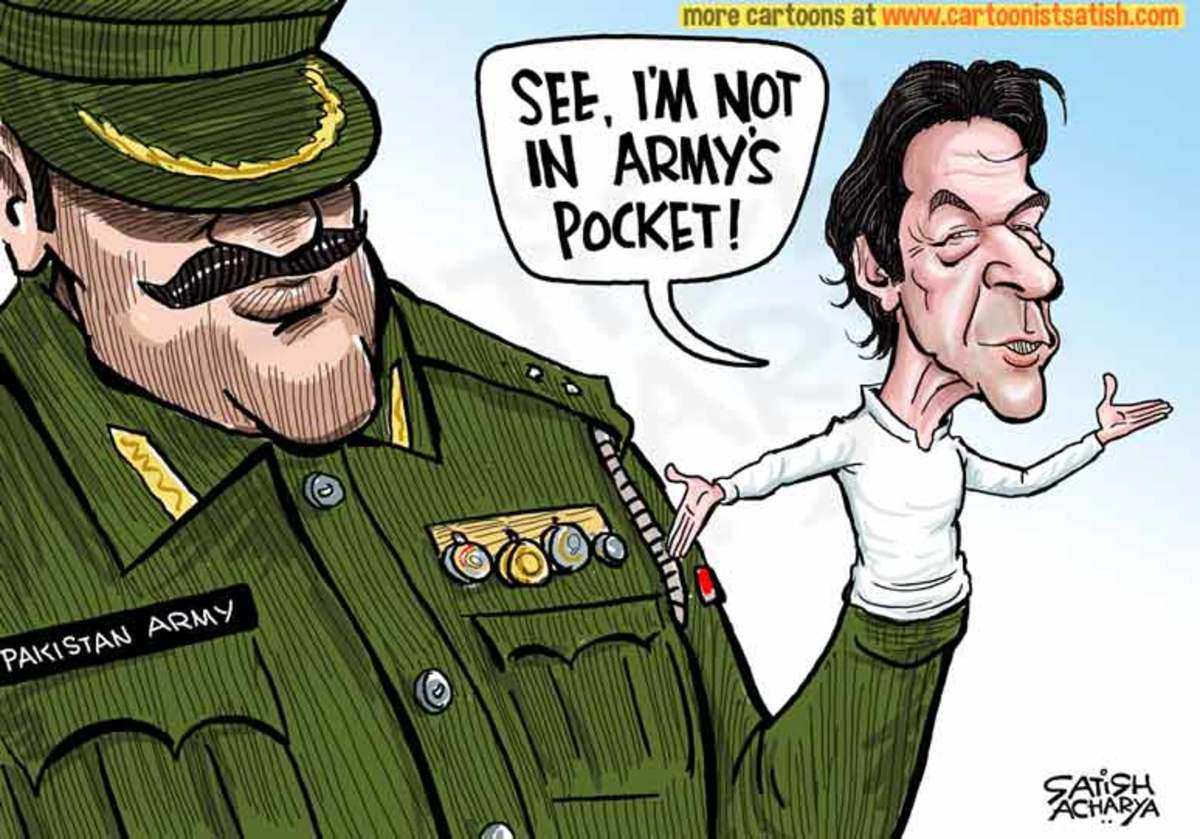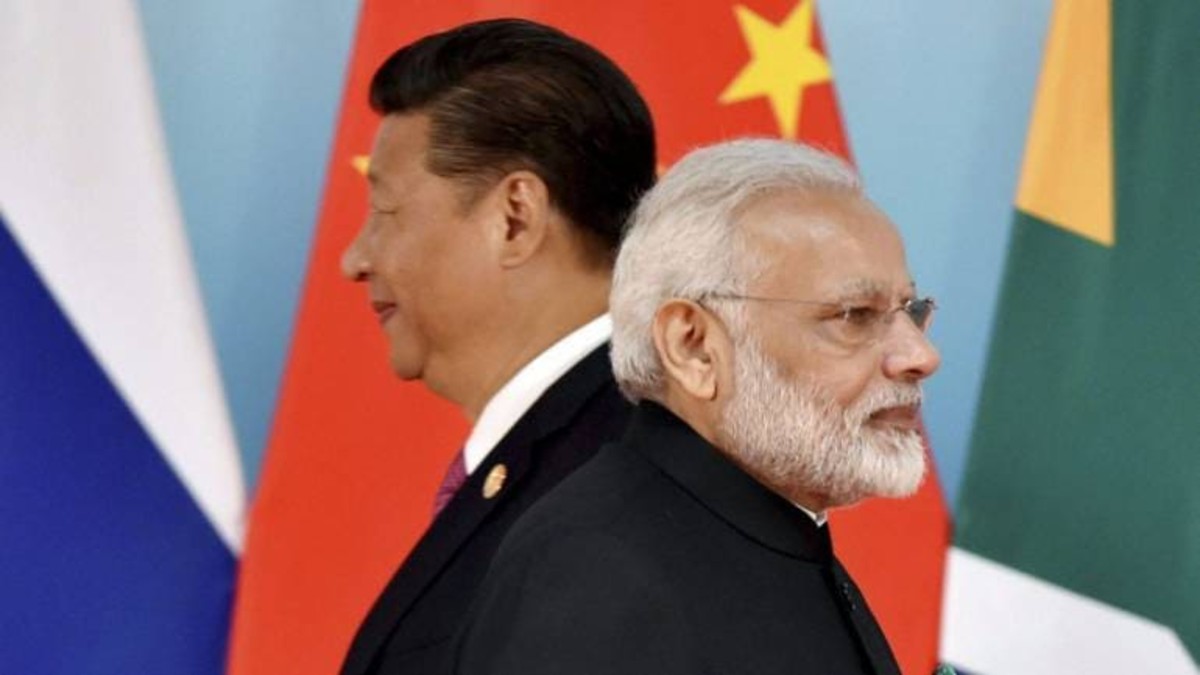1998 Kargil War: A Fresh Assessment
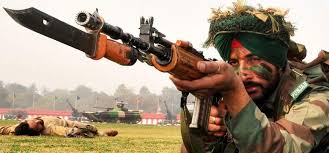
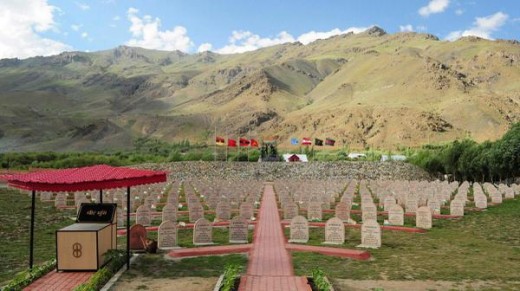
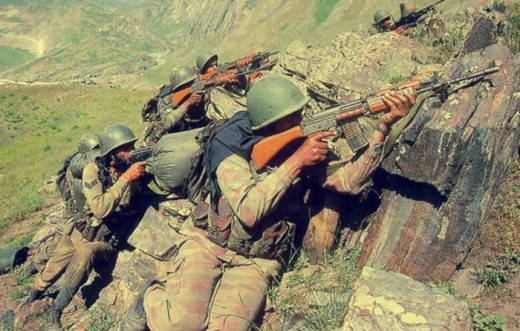
Background
The state of Jammu and Kashmir is claimed by both India and Pakistan as part of their territory. Kashmir was a Muslim majority state but ruled by a Hindu dynasty The Hindu ruler Maharaja Hari Singh had inherited this Kingdom from his ancestors who were senior officials of the erstwhile Sikh Empire. The state was a reward from the British for betraying the Sikh Army in the Anglo Sikh Wars ( 1845-50). It is not something to be proud of but the fact remains that the origins of the Kashmir state have roots in the bloody trail of deceit and treachery
In 1947, Hari Singh decided he wanted to remain as an independent country and signed the standstill agreement with both Pakistan and India. Pakistan disregarded the agreement and invaded Kashmir. The forces of the Maharaja were routed and fearing capture by the Pakistani and the tribals who had launched the attack acceded to India. The Indian leadership led by Pandit Nehru had no stomach for a prolonged conflict in Kashmir and after clearing the tribals from the valley and leaving the areas of Northern Kashmir including Gilgit in the hands of the Pakistanis went to the UN and asked for a ceasefire.
The result was that almost 40% of the area became part of Pakistan and the Indian government claimed the remaining part but at the same time, successive Indian governments made no attempt to integrate Kashmir with the rest of India. This is the Genesis of the conflict as Pakistan by virtue of Kashmir being a Muslim majority States claims the entire state as part of Pakistan.
In 1998, General Musharraf the then Pakistan chief of Army staff decided that the time has come to provoke the weak Indian government and present them with a fait accompli. In the winter of 1998, he ordered the Pakistan army to cross the frontier or the line of control(LOC) and occupy the heights of the Hills at Kargil. This happened because of an extremely short-sighted approval by the Chief of the Indian Army general Ved Malik, who had ordered the Indian army to vacate the bunkers on the Kargil Hills as winter was too severe.
This was an extremely foolish decision and when the Indian Army went back during summer to retain their bunkers they found that they were already occupied by soldiers of the Pakistan Northern light infantry. Musharraf had achieved with one stroke in 1998 what the army had not been able to do in 3 earlier wars and that to without firing a bullet.
This led to the Kargil War as Atal Bihari Vajpayee the then Prime Minister had no choice but to ask the Army to attack the Pakistan forces in Kargil. But his entire approach showed great timidity. In hindsight, one can see that he simply did not have the guts to force an equation against Pakistan
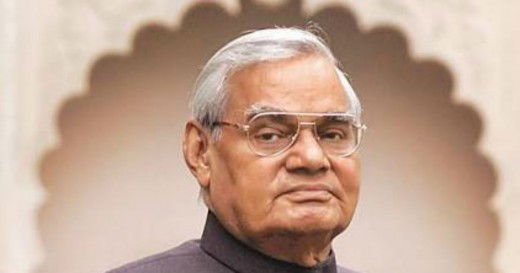
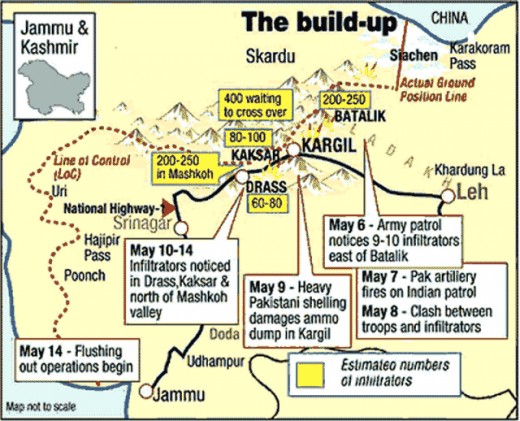
Policy Flaw
The Indian Army was instructed by the Vajpayee government to evict Pakistani troops who had occupied the bunkers on the Kargil Hills but surprisingly he added two significant riders. He forbade the army and the Airforce to cross the line of control and specifically instructed that the battle is fought only on the Indian side of the LOC This was to say at the very least a bizarre order and greatly constrained operations of the Army. The net result was that the army suffered heavy casualties while trying to evict entrenched troops of the Pakistan army from the bunkers on the Kargil Hills. Vajpayee also failed to convey the message to Pakistan and the world that any violation of the line of control in Kashmir would be treated as an attack on India. He greatly weakened the Indian case in the world polity of nations and the United Nations.
Comparison with Lal Bahadur Shastri
In contrast one can recollect that in 1965 when Pakistan mounted a massive armored thrust in the Chamb-Jaurian sector, the then Army chief general J Chaudhary went to the Prime Minister Lal Bahadur Shastri and told him that we need to open another front in the Lahore - Shallot sectors to relieve the pressure in Kashmir. This was a very momentous decision and conveyed to the world that an attack on Kashmir would be treated as an attack on India. Pakistan was taken by surprise and subsequently, the Indian Army opened the front in PUNJAB.
Pakistani realized that no war in Kashmir can be fought in isolation from a total war with India.
Vajpayee, unfortunately, could not create the same message for the world as he dithered in his reaction to the Pak plan.
One fails to understand how the Indian army accepted heavy casualties in trying to evict the Pakistani troops from the LOC on the Indian side. The Indians failed to tell the world and Pakistan that an attack on any part in Kashmir would be considered an attack on India. He localized the conflict mainly because he had no stomach for a prolonged war and having spent all his line sitting in dharna leading small groups of agitators he really had no concept of military Warfare and Geopolitical politics. This is very sad that at this critical juncture he was the prime minister of India.
The failure to act during the 1998 Kargil War
The net result is that Pakistan now feels that they can keep doing whatever they want to do in Kashmir and there will be no retaliation from India at any other place. The Pakistani's have a full-scale insurrection going on in the Kashmir Valley even now and the Indian Army is only reacting. There is no proactive policy to call the Pakistan bluff and destroy the training camps in Punjab and Azad Kashmir.
The Indian Army slowly evicted the infiltrators but Vajpayee was losing his appetite for a longer war and despite 25% of the area still being in the control of Pakistan took the help of Bill Clinton for a cease-fire. Subsequently, Pakistanis themselves realized their futility and withdrew from the area that they had occupied. The war ended but it left a bitter taste in the mind of the Indian Army. The heavy casualties could have been avoided if the army had opened another front at some other place. India also failed to press the point that an attack on Kashmir is an attack on India. Politically he committed a blunder and the Indian state has to pay a heavy price for this.
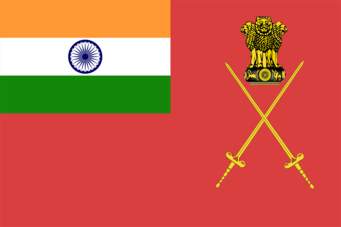
Last word
Over two decades have elapsed since the end of the Kargil War but the situation has gone from bad to worse. The Pakistani army has infiltrated die-hard Mujahideen into the valley and they are engaging the Indian Army. Not a day passes when at least two or three Indian soldiers are not killed.
The policy decision set in motion by Vajpayee is now bearing fruit. The Indian Army is unable to react due to political leadership against Pakistan.
A pyrrhic victory?
In case, in 1998 Vajpayee had followed the policy of Lal Bahadur Shastri there was a chance that the integration of Kashmir with India would have been easier. As things stand the Muslim population of the valley is totally up in arms against India. The Army constrained by political factors is unable to assert itself. One can safely say that the Kargil War was in effect a phyric victory and the taste of this victory is not sweet.

